As a harbinger of spring, the primrose graces landscapes with its vibrant blooms, signaling the arrival of warmer days and new beginnings.
But there’s more to the primrose than meets the eye. Its petals hold secrets both culinary and medicinal, and its colors speak a language that transcends words.
In this article, we will uncover the fascinating story of the primrose flower. We’ll explore where it comes from, what it symbolizes, and how it makes our lives more colorful.
How did the primrose flower get its name?
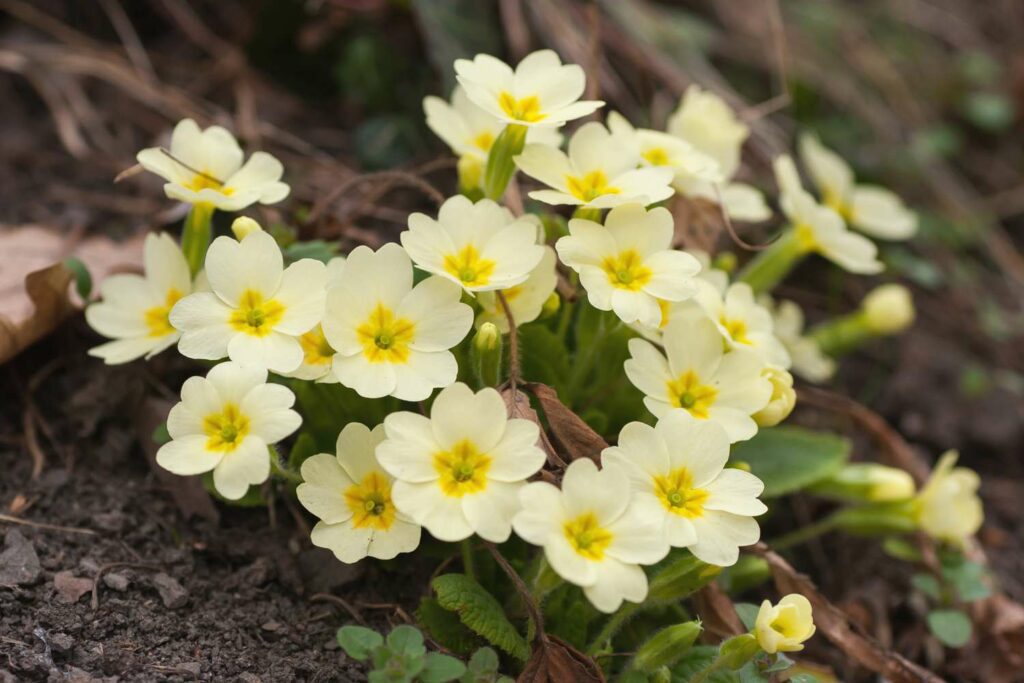

The term primrose is derived from the Latin words prima rosa, meaning “first rose.” They are named so because they are one of the earliest spring-blooming flowers, heralding the arrival of warmer days and a new season of growth.
What are the botanical origins of the primrose flower?
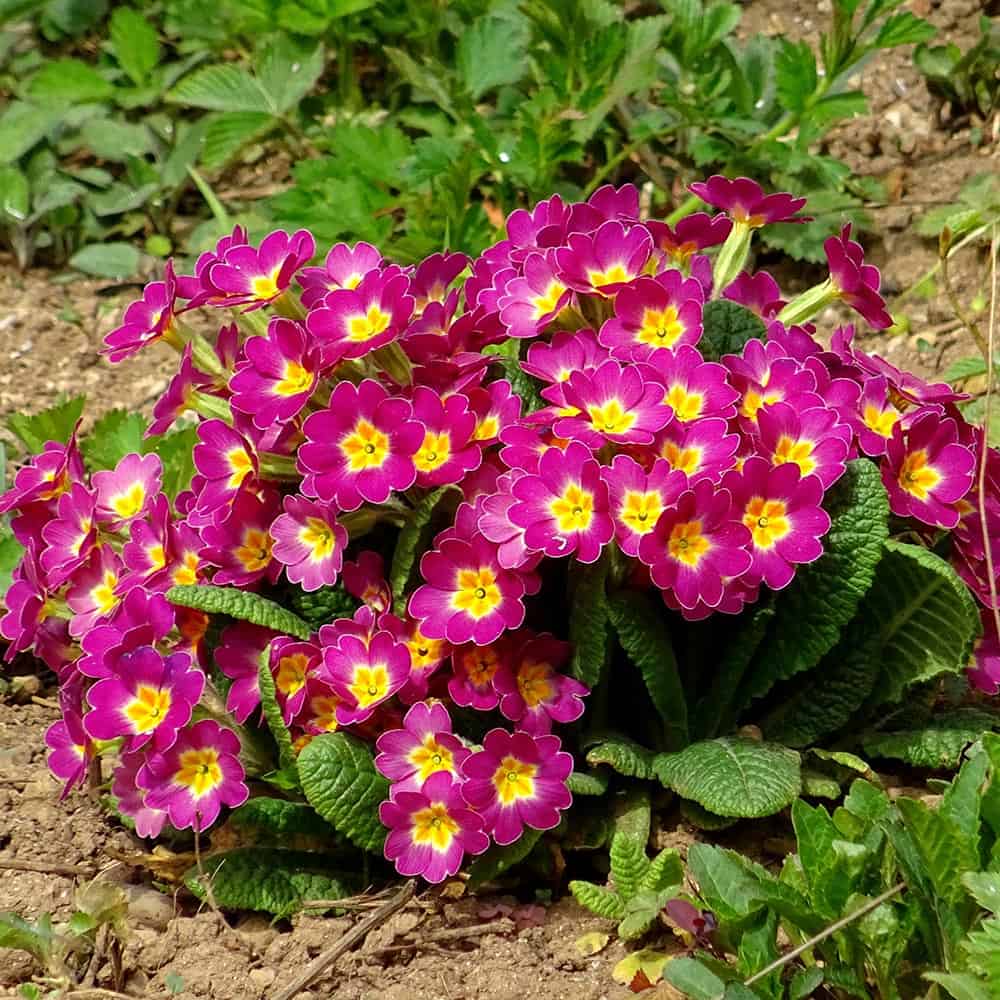

The primrose flower, with the scientific name of Primula vulgaris, belongs to the Primula genus which has around 500 distinct species.
Standing at a modest height of 3 to 6 inches, its slightly crinkled leaves boast toothed edges and exhibit a delicate fuzziness on their undersides.
Primrose flowers have a fresh, sweet scent with a little tanginess. Some people say it smells like candy, almost like an orange popsicle or a lollipop.
Where do primrose flowers grow?
Primrose flowers are native to Europe and Asia, where they thrive in a variety of habitats. Woodlands, meadows, grassy slopes, and even beside gentle streams provide the ideal settings for these charming blooms to flourish.
Their adaptability makes them a delightful addition to both wild and cultivated landscapes.
Do primrose flowers require a lot of maintenance?
Primrose flowers are renowned for their resilience and relatively low-maintenance nature. With a little care, they can brighten up your surroundings with minimal effort.
Regular watering, especially during dry spells, and occasional deadheading to remove spent flowers will keep your primroses looking their best.
Do primrose flowers need shade or sun?
Primrose flowers prefer dappled sunlight or partial shade.
Placing them where they receive gentle morning sun and some shade during the hotter parts of the day ensures they thrive without being subjected to harsh rays. This adaptability allows you to enjoy their beauty in a variety of garden settings.
When do primrose flowers bloom?
Primrose flowers grace us with their presence from late winter to early spring.
Their vibrant blooms burst forth, adding splashes of color to gardens just as winter’s grip begins to loosen.
What kind of soil do primrose flowers prefer?
Creating the perfect growing conditions for primrose flowers involves providing well-draining soil that retains moisture.
A mix of organic matter, such as compost, can help improve soil structure, providing the ideal environment for primroses to establish strong roots and thrive.
When is the best time to plant primrose flower seeds?
For those who wish to cultivate these exquisite blooms, planting primrose flower seeds in early autumn or spring is key.
The soil is still warm from the summer sun during these times, providing an advantageous environment for germination and growth.
What do primrose flowers mean?
Primrose flowers are often associated with young love, hope, and new beginnings. When you give someone primroses, you’re sending a message of admiration and the promise of a fresh start.
Their appearance in early spring also signifies the awakening of nature after the winter slumber, making them a symbol of renewal and the cyclical beauty of life.
What do the colors and symbolisms of primrose flowers mean?
White
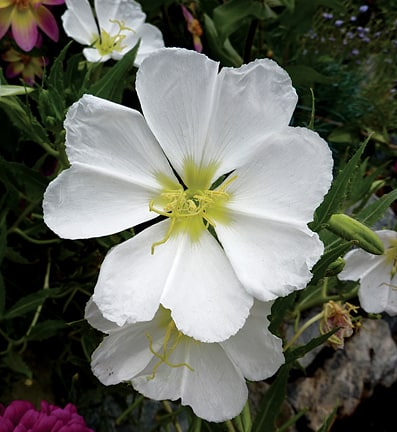

White primroses are a symbol of sadness, remembrance, and mourning.
These blossoms represent cherished individuals who hold significant places in our hearts, signifying the challenge of adapting to life without them.
White primroses also embody purity, good health, and honesty.
Recommended Use: They are tender offerings extended to those grappling with loss, especially during funerals.
Gifting white primroses offers solace to those who mourn and reflects a shared sense of remembrance.
Red
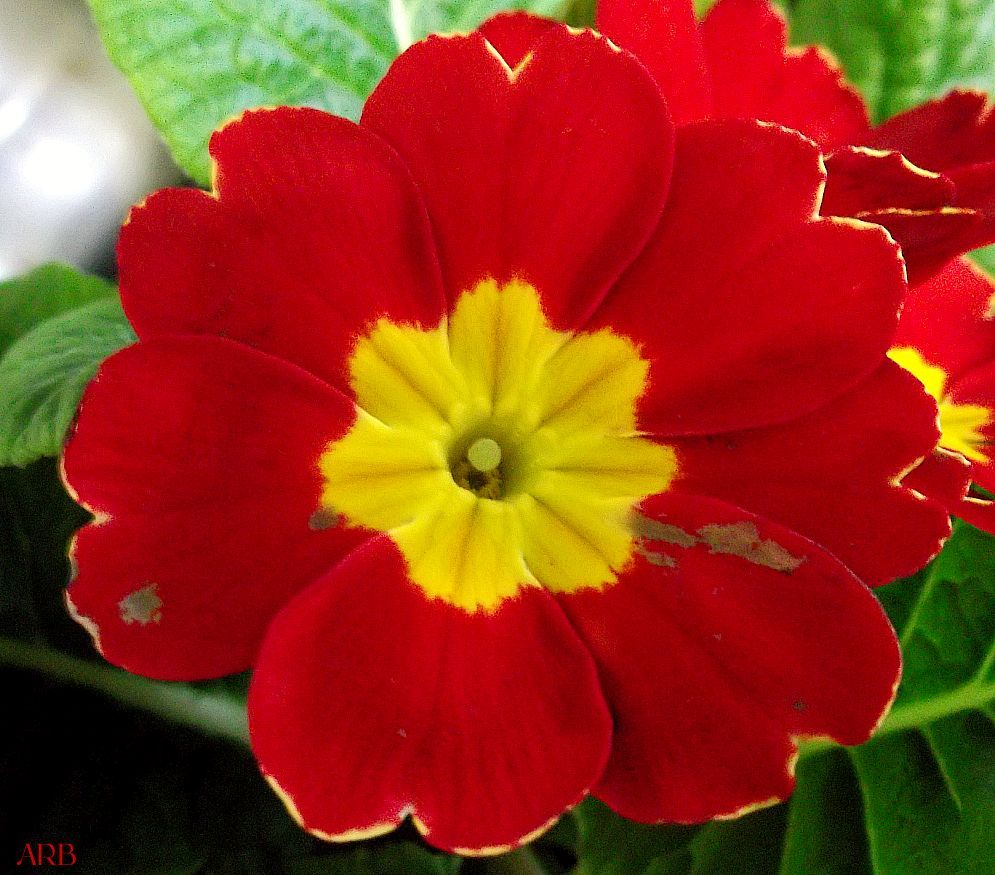

The red primrose symbolizes passion, beauty, ecstasy, and love. Its crimson petals embody intense emotions and desires, signifying profound affection and yearning.
Recommended Use: Red primrose flowers are a perfect gift for anniversaries, Valentine’s Day, or whenever you want to express deep emotions to a loved one
Blue
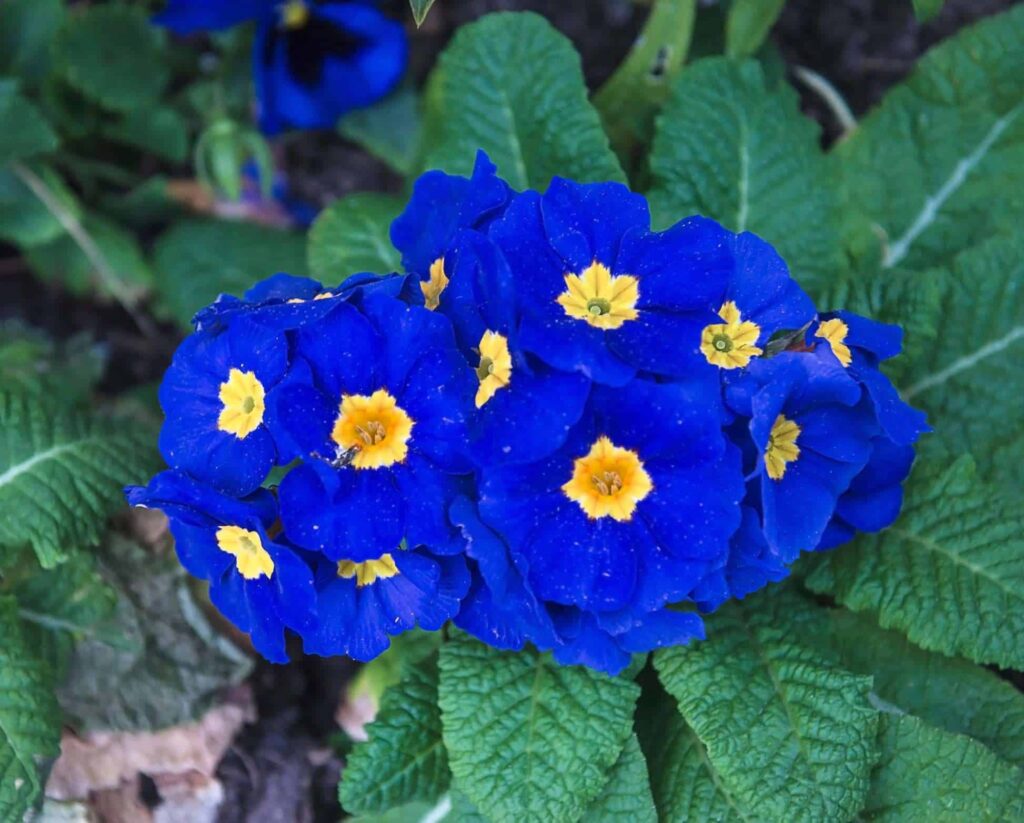

A blue primrose carries a message of trust and belief. This delicate bloom serves as a silent assurance that the bond of trust is cherished and valued.
Recommended Use: Gift a bunch of blue primroses to strengthen trust and belief in a relationship.
Pink
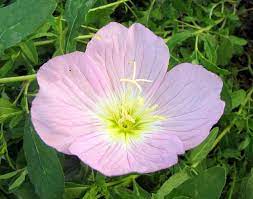

Pink primroses symbolize feminine love and the graceful beauty of women.
These blossoms hold a significant association with womanhood, tenderness, and the soft love that emanates from the heart of a woman.
Recommended Use: Primroses are ideal for celebrating feminine beauty and grace.
Gift them to honor women in your life on occasions like Mother’s Day or International Women’s Day.
Purple
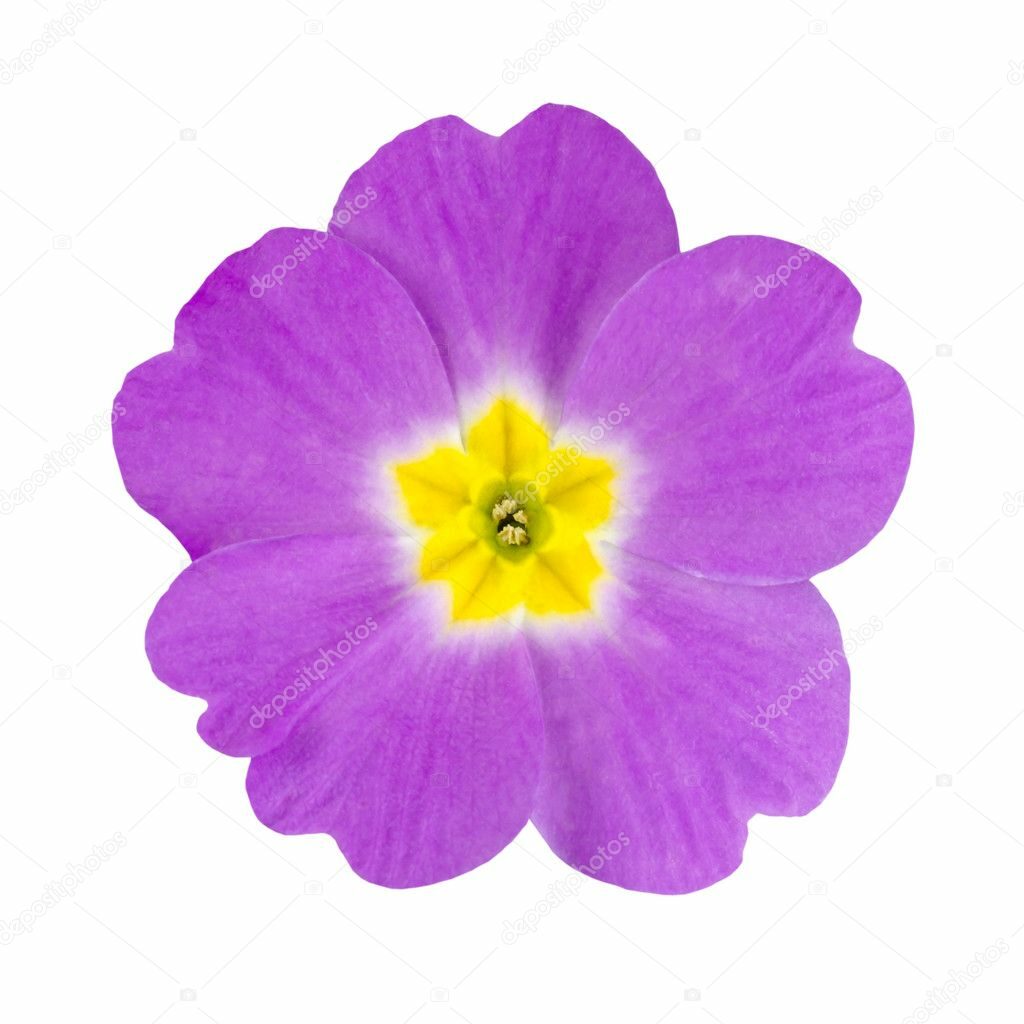

The purple primrose stands as a symbol of purity and spiritual healing. Its regal hue embodies a sense of tranquility and the potential for inner restoration and rejuvenation.
Recommended Use: Purple primrose flowers can be given to provide comfort and hope during times of illness or emotional healing.
Their soothing presence serves as a reminder of inner strength and rejuvenation.
Yellow
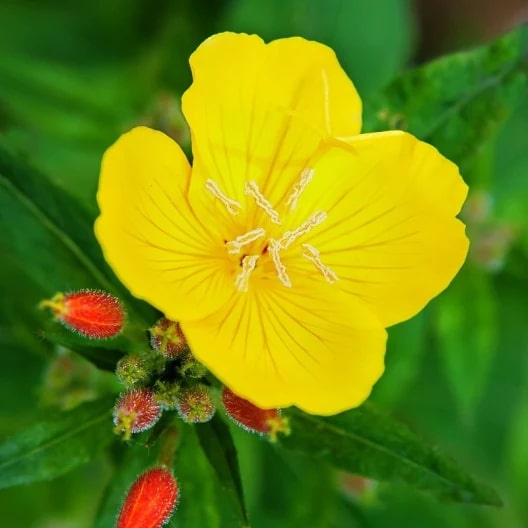

Just as yellow radiates happiness and warmth, the yellow primrose embodies joy, new beginnings, and a hopeful outlook.
The vivid yellow petals mirror the sun’s radiant glow and the positive energy that accompanies the spring season.
Recommended Use: Whether adorning spaces or bestowed as gifts, yellow primroses serve as vibrant tokens of well-wishes.
This makes them a delightful choice to uplift the spirits of those feeling unwell.
Orange
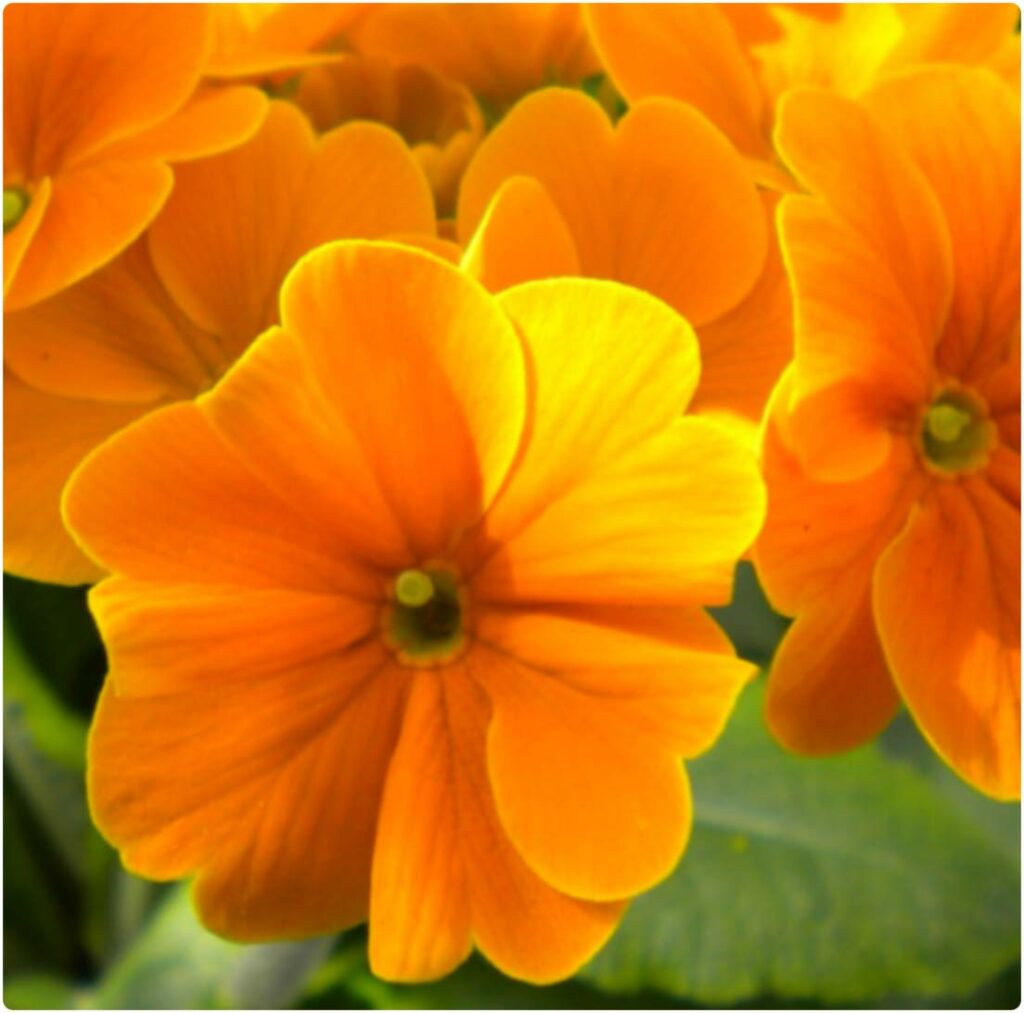

An orange primrose heralds the arrival of spring and exudes an air of innocence and cheerfulness.
Orange encapsulates the essence of positivity and the spirit of new beginnings. Presenting an orange primrose not only symbolizes the rebirth of nature but also shares a message of joy and cheer.
Recommended Use: Orange purple flowers are excellent gifts for birthdays, housewarmings, or any occasion that calls for a burst of positivity and exuberance.
What did primrose flowers symbolize in various historical periods?
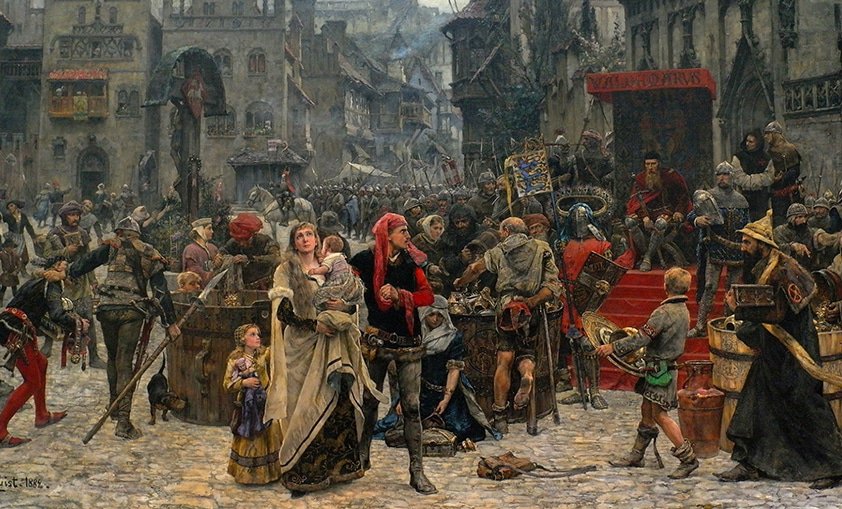

What are the cultural associations of primrose flowers?


What are the uses of primrose flowers?
The primrose flower is more than just something pretty to look at. It has many useful purposes in cooking, medicine, and gardening.
How can primrose flowers be used in cooking?
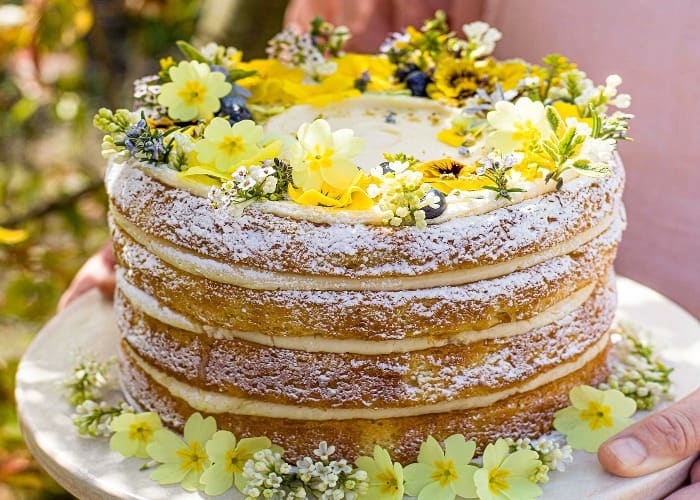

The petals of primrose flowers hold a delicate, floral taste that can enhance a variety of dishes. Here are some creative ways to use these blossoms in your culinary endeavors:
- Salad Garnish: Sprinkle primrose petals over salads to introduce a burst of color and a hint of floral essence. Their vibrant hues make a visually appealing addition to your greens.
- Dessert Decoration: Elevate your desserts by delicately placing primrose petals on cakes, cupcakes, or pastries. The gentle sweetness of the petals complements sweet treats.
- Beverage Infusion: Float primrose petals in clear beverages like water, lemonade, or herbal teas for a visually pleasing and subtly flavored refreshment.
- Floral Ice Cubes: Freeze primrose petals in ice cubes to adorn your drinks with an enchanting twist, turning ordinary beverages into delightful conversation starters.
Can primrose flowers be used for medicinal purposes?
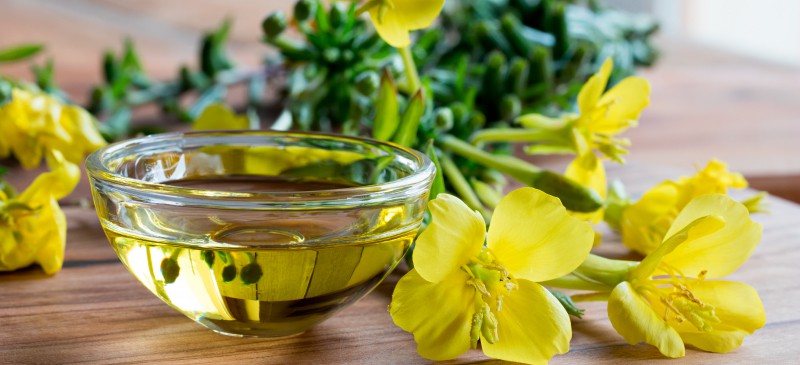

Primroses have been known for their healing power of primrose flowers for a long time.
Here are some ways they can be used for medicinal purposes:
- Wound Care: An ointment is made by boiling primrose flowers in lard, which is then used to heal cuts, burns, and various skin problems.
- Skin Support: Primrose is a star ingredient in skin care preparations. Its properties are embraced in treatments targeting conditions such as pimples and wrinkles, offering a natural approach to promoting healthy and radiant skin.
- Soothing Eyewashes: Primrose’s calming qualities extend to eye care, where it finds use in soothing eyewashes.
The gentle infusion of primrose serves as a comforting solution for refreshing tired eyes and providing relief from minor irritations.
How can primrose flowers be used in gardening and landscaping?
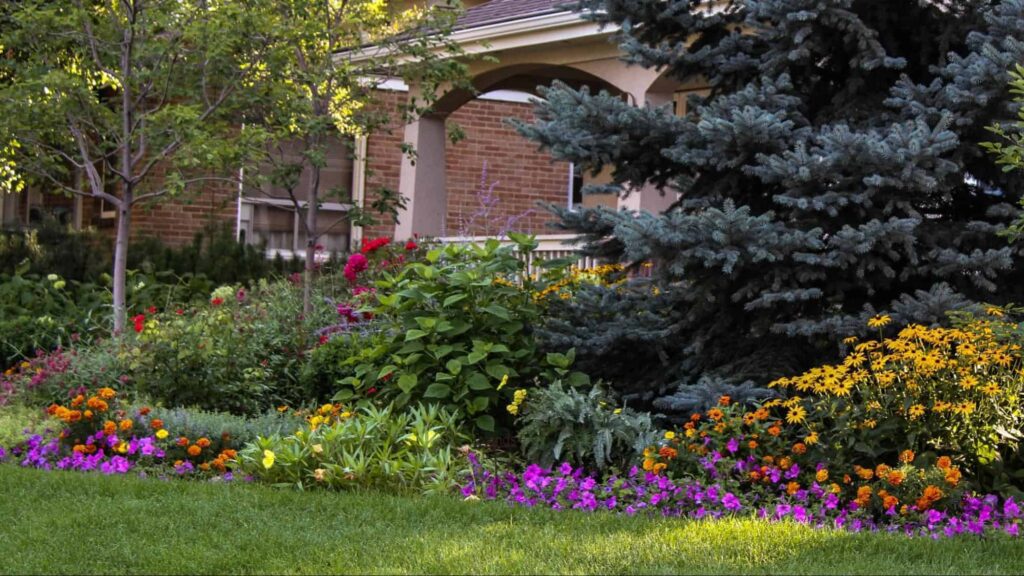

Here’s how you can incorporate these delightful blooms to enhance the beauty of your outdoor haven:
- Radiant Borders: Line garden borders with primroses to establish a vivid boundary. These flowers bring a burst of color to your landscape, framing your garden beds in a captivating display.
- Rock Garden Marvels: Add a touch of elegance to your rock garden with primroses. Their petite blooms complement the rugged charm of stones, creating a harmonious and eye-catching contrast.
- Container Delights: Place primroses in containers on patios, balconies, or window sills. Their compact size makes them perfect for adding splashes of color to small spaces and urban gardens.
- Under the Canopy: Utilize primroses in shaded areas beneath trees or shrubs. Their ability to thrive in lower light conditions brings life to those corners of your garden that yearn for a touch of beauty.
- Mixed Bed Companions: Pair primroses with other spring-blooming flowers to create dynamic and captivating flower beds. Their presence enriches the overall tapestry of colors and textures in your garden.



